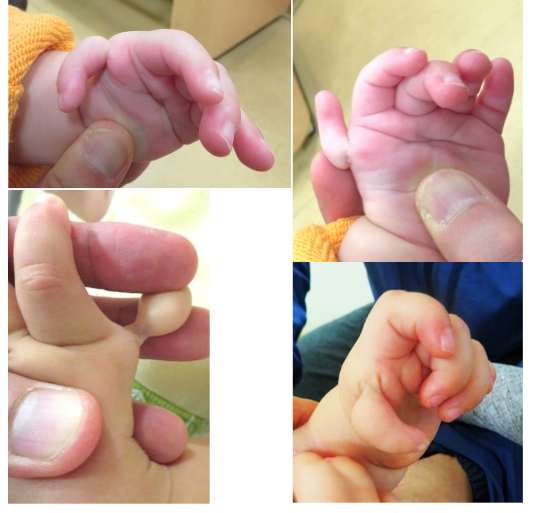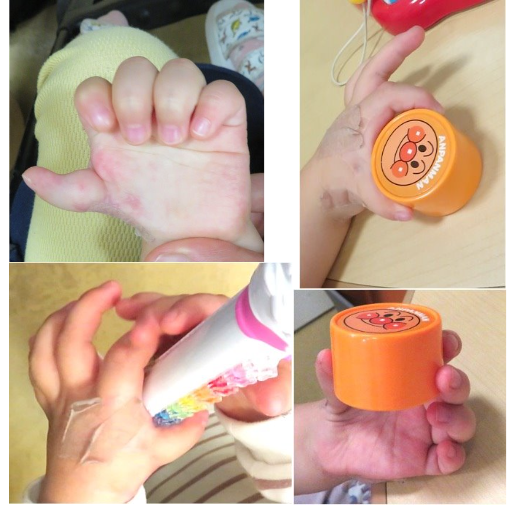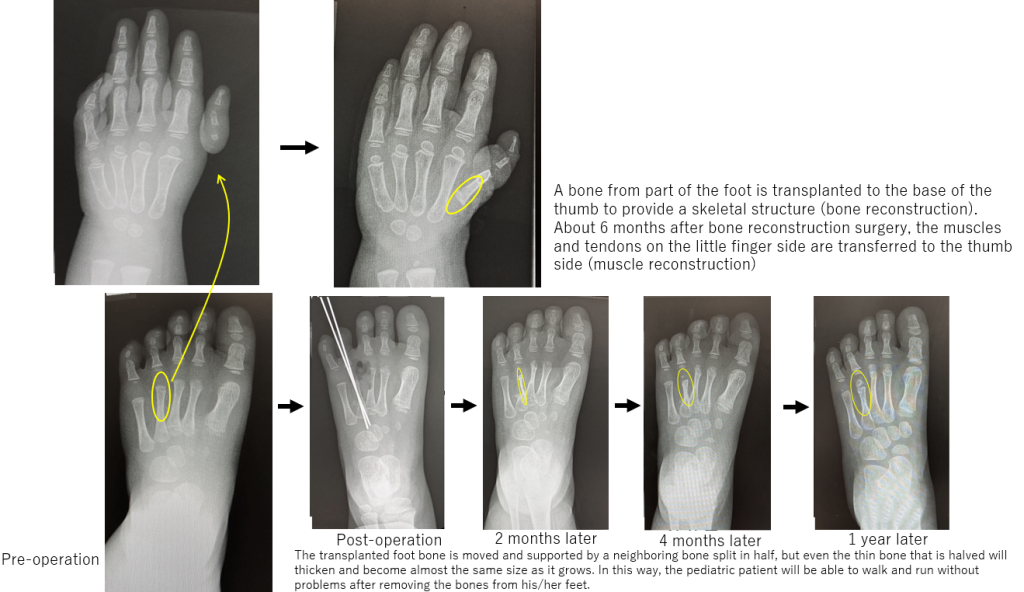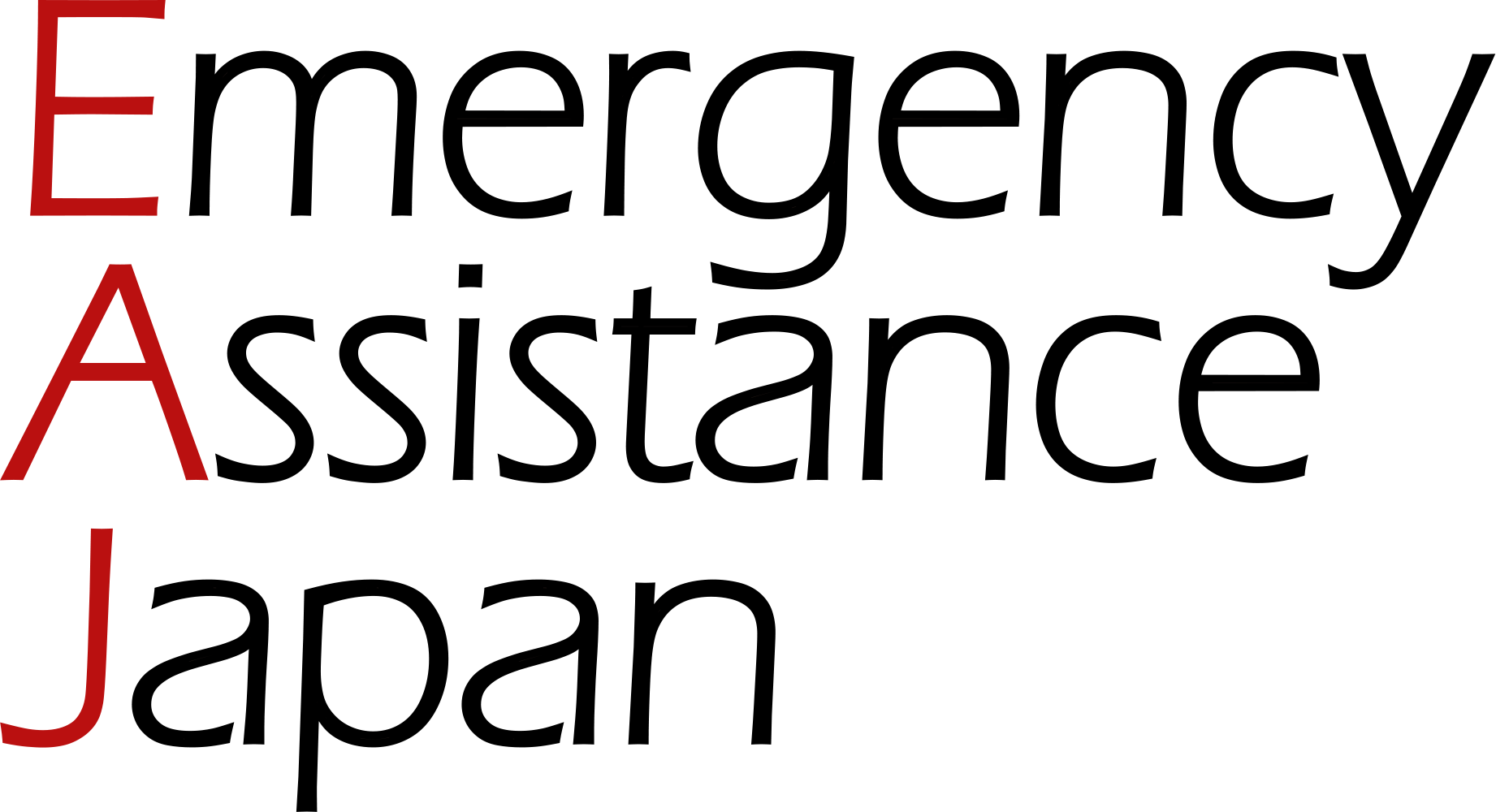Pediatric diseases
- HOME
- Other than cancer(Whole Body, Others)
- Pediatric diseases
- “Don’t give up your thumb.” with world-class pediatric plastic surgery for Thumb hypoplasia
“Don’t give up your thumb.” with world-class pediatric plastic surgery for Thumb hypoplasia
24.04.03
This article was supervised by Dr. Takehiko TAKAGI, M.D., Ph.D. Head, Division of Orthopaedic Surgery, Department of Surgical Specialties, National Center for Child Health and Development (NCCHD)
Treating all diseases related to pediatric orthopedics
Requests for training from all over the world – fully booked until 2026
EAJ: Please tell us about the treatment track record and strengths of the National Center for Child Health and Development (NCCHD)
Dr. Takagi: In terms of the upper limb (the so-called “arm”, from the shoulder to the fingertips), the center handles about 50 cases of polydactyly and 20 to 30 cases of dysplasia of the thumb each year, as well as a wide range of other disorders such as split hand, finger row guidance disorder, congenital syndactyly, congenital multiple joint contractures, and congenital radial ulna fusion, thus making it one of the leading centers for congenital anomalies in Japan. In addition to this, we also treat many cases of upper extremity delivery paralysis and post-fracture deformity healing, with the total number of orthopedic cases treated amounting to more than 500 per year, and this number is increasing.
EAJ: Quite widely covered.
Dr. Takagi: There are not many hospitals around the world treating such a wide range of pediatric diseases and having such a large number of cases. In addition to inquiries from patients, we also receive many inquiries about training opportunity from doctors of other countries who have read the website and papers of NCCHD, and recently we have received many doctors coming for international elective training from India, Malaysia, the Philippines, Thailand, Hong Kong, Brazil, Saudi Arabia, Italy, etc. At present, the training slots are filled up until 2026.
Thumb hypoplasia
The idea of “preserving the thumb as much as possible”
EAJ: You say that you treat a wide range of illnesses, but are there any treatments that are unique to Japan or NCCHD?
Dr. Takagi: For example, we can treat children with thumb dysplasia, who are born with a small thumb but not completely missing. In other countries, especially in the United States, it is common to have surgery to give up the small thumb and replace the index finger with the thumb. This is based on the idea that it is possible to create a hand that can move functionally even if a child has only four fingers. I think this is partly due to the fact that there is a society that doesn’t care too much about appearance and accepts things as long as they function properly. On the other hand, in Asian countries including Japan, there is a cultural emphasis on having five fingers, and there is a tendency to think that people should make the most of their thumbs, even if they have a small thumb. In order to live up to these values, we are rebuilding the thumb by transplanting bones from the foot to the thumb of the hand, transferring the muscles from the little finger side to the thumb side so that the pediatric patient can gain more strength into the rebuilt thumb. This type of surgery is rarely performed in the United States, and I don’t think there are many facilities that perform it in Japan either. In order for medical professionals to provide this type of surgery, it is of course necessary to have advanced technology, but it is also important to understand the values surrounding the patient’s environment. We communicate closely with the parents, fully understand their thoughts, and perform thumb reconstruction with cosmetic considerations in mind.


Treatment method and treatment period
EAJ: Please tell us about the approximate treatment period and contents.
Dr. Takagi: If the thumb is mildly hypoplastic, we may reconstruct the thumb by simply transferring the muscles. If the thumb is severely dysplastic, such that it is quite small and weak, the surgery is divided into two stages: (1) bone reconstruction, in which the bone in the foot is first transplanted to the thumb area and the skeleton is adjusted; and (2) muscle reconstruction, in which the muscles and tendons of the little finger are then transferred to the thumb side so that the thumb can gain strength.
(1)Bone reconstruction: 1 week hospitalization

First, the bones in the foot are transplanted to the thumb area to realign the skeleton. After the patient is discharged from the hospital, the affected area will be immobilized with a cast for about 3 to 4 weeks. During this time, the patient will visit the hospital once a week to check the condition of the wound and check the condition of the bone using X-rays. It will take 3 to 4 months that the bones join together, but the patient is requested to wait about half a year before proceeding to the next step (2).
(2)Muscle reconstruction: 1 week hospitalization
Next, surgery is performed to transfer the muscles and tendons on the little finger side to the thumb side.
(1) (2) Ideally, the patient should visit the hospital once a week during the time when the cast is in place, 3 to 4 weeks after discharge from the hospital, but if the patients are coming from overseas, we will consider the feelings of the child and parents, their living environment, etc. I think we need to consider various points. The patient will need to be hospitalized here for at least one week, including the surgery, but after that, the patient will return to the home country. Our hospital will share the information with the doctor in the home country of the patient and it is possible that the medical condition will be monitored at a hospital in the home country. Please feel free to contact us.
In addition, the support to the child by his/her parents after discharge from hospital is extremely important. Unlike adults, children did not undergo surgery of their own will, so they are not conscious of using their reconstructed thumbs. The area between the index and middle fingers is more forceful, so if parents do not guide their child, he or she will tend to use that area. In order to make the thumbs have a firm sensation, first the parents must train their child to hold an object between their thumb and index finger, in other words, a pinching or grasping motion. It is important for the child to recognize that there is a sensation in the reconstructed thumb and that they can feel the force, and to use it more and more. We ask parents to incorporate natural rehabilitation movements into their daily lives, such as actively holding out their thumbs when giving toys to their children. This type of guidance is provided in the outpatient setting after the patient has been discharged from the hospital and the cast has been removed. I think this is possible at hospitals in their own country.
Other diseases that can be treated
Congenital anomalies in general / post-fracture deformity healing (e.g., internal elbow) / parturient paralysis, etc.
EAJ: Could you tell us a little bit about the other diseases you treat?
Dr. Takagi: We also treat many other congenital anomalies such as polydactyly, syndactyly, lacrimation, and flexor pollicis. In congenital multiple joint contractures, the elbow may not bend properly from birth, but in this case, too, we treat the elbow by shifting the muscles to give it more strength. Since we are also actively accepting emergency cases, we receive many traumatic injuries including elbow fractures, and we also receive many referrals for children who have healed deformed after fractures (e.g., internally displaced elbows), so we put considerable effort into correcting such deformities. There are also traumatic injuries where the nerves running from the neck to the arm (brachial plexus) are pulled out when the arm is pulled in an accident such as a motorcycle accident, causing the arm to become immobile. The same thing can happen when a fetus has its arms pulled during delivery, and after birth, that baby’s arms may not move properly (delivery paralysis). In such cases, we also offer treatment to improve hand and arm function as much as possible through reconstruction by nerve migration or muscle and tendon migration.
For children and parents – considering all treatment options
EAJ: I understand that you have been involved in medical-engineering collaboration (prosthetic arms, etc.) for many years in your treatment process, but was there something that inspired you to do so?
Dr. Takagi: I originally wanted to become an orthopedic surgeon because I was interested in functional reconstruction. Even though we call it functional reconstruction in orthopedics, congenital abnormalities, which are congenital diseases, are very different from acquired trauma or diseases. For example, in the case of a fracture in an adult, treatment is based on how to restore the original function, but in the case of a congenital anomaly, treatment is carried out with an eye toward creating a new function rather than restoring the original function. We must communicate closely with parents and understand their values when we move forward.
If it is the severe maternal dysplasia I mentioned earlier, we can transplant bone from the foot, or if it is polydactyly, we can reconstruct one thumb from two thumbs, etc. If a child is originally missing an arm, surgery is not an option, so we may take an engineering approach, such as a prosthetic hand. Since I started working at NCCHD in 2005, I have been constantly thinking of what I can do to help children and their parents coming to the hospital with various concerns, and I have provided a variety of treatments. One of these is a prosthetic hand, which I have been putting into practice in collaboration with doctors specialized for medical engineering. In the case of children, the number of cases is limited, and the number of medical institutions and doctors who treat them is not so many. That is why we feel the great significance of working hard every day.
Message to patients
EAJ: Lastly, please give a message to patients and their families.
Dr. Takagi: NCCHD provides a wide range of treatment for pediatric diseases in general. For example, with regard to dysplasia of the thumb, even in situations where the thumb has to be given up or amputated, it may be possible to preserve it. Many children and parents have been pleased by our treatment. We hope that you will come to us for a consultation first.
※All photos are of the same child before and after surgery. It is published with the prior consent of the parents.

